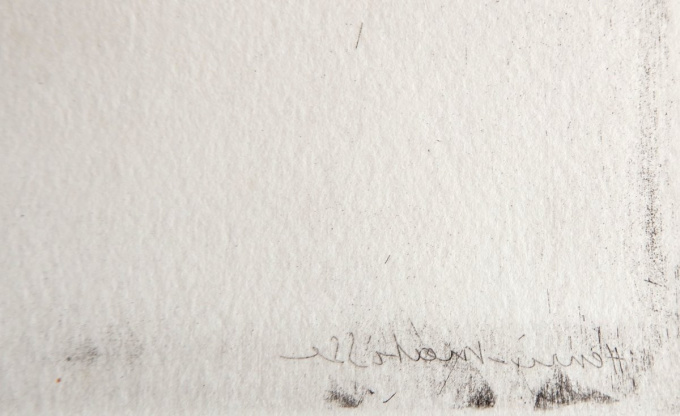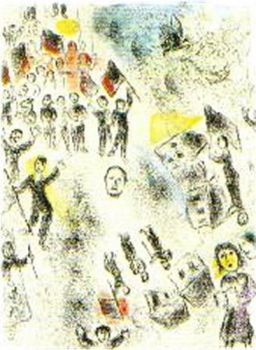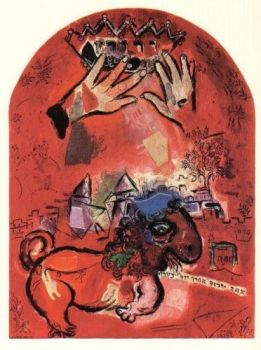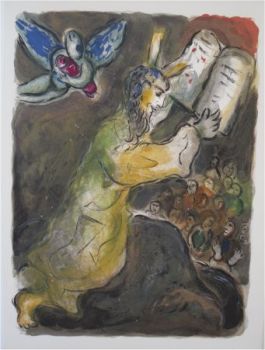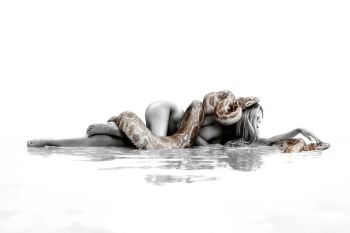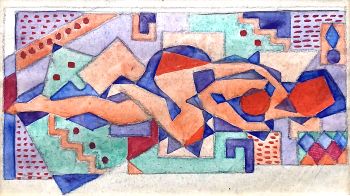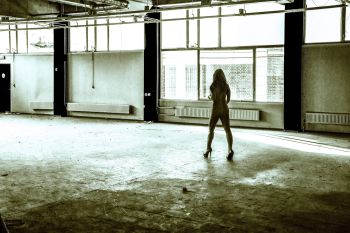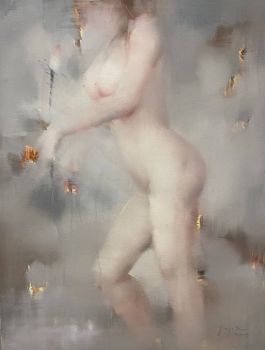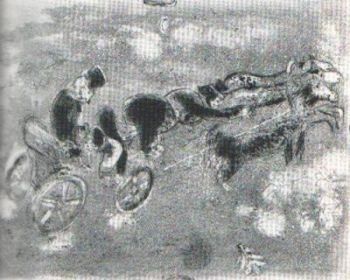Etching - 'Odalisque couchée' 1923
Henri Matisse
RadierungDruck
ConditionExcellent
Preis auf Anfrage
Dille Art
- Über KunstwerkEtching (eau-forte) by Henri Matisse from 1923. It is an original print, edited by the famous art dealer Ambroise Vollard, in an edition of about 150 copies. They are never numbered.
This etching was part of the collection of Henri Petiet, a well-known publisher, art dealer and a great collector. He had the largest collection of works on paper in the world. He bought the complete collection from Ambroise Vollard, after his unexpected death. Vollard didn't left a last will and had no heires.
This etching is included in the book by M. Duthuit-Matisse, Cl. Duthuit, Catalog rasonné de l'oeuvre grave, no 86.
Matisse created this eau-forte at a time when he showed great interest in Orientalism. He considers it an important foundation and studies patterns, fabrics and decorations. He makes many graphic works during this period in which the woman is an important theme, including the odalisque, an oriental slave/servant.
Matisse was not the only one who liked to paint an odalisque, often half-naked and looking boldly, they were depicted by several artists. This etching is a wonderful example of this.
The etching is printed on Vélin paper and signed on the plate by Matisse with 'Henri Matisse' (shown in mirror image). On the left lower corner are in small letters 'T.E.', which directs it can be one of the 6 examples (proofs) they made, 2 proofs on 3 different kind of paper. On the back is the hallmark of Henri Petiet, a circle with HMP. Number 86 is also noted in pencil. In addition, there were notes in pencil, including: Henri Matisse, l'Odalisque couchée, Eau-forte originale, 1923 and the note Duthuit-Garnand 86 and Johnson'80.
Separately mentioned is still listed ‘Vente Petiet, 2010 (HMP). All this is made visible at the rear. The etching is framed with acid-free cardboard and placed behind museum glass.
Eau-forte is an etching technique in which the artist paints or draws with acid in the etching plate, this was very popular around 1900, Camille Pissarro, to cite an example, was a great lover of this technique.
Dimensions:
Image:
Length: 19.8cm (7.8")
Width: 29.7cm (11.69")
Paper Size:
Length: 45.5cm (17.91")
Width: 57cm (22.44")
Framed:
Length: 65cm (25.59")
Width: 52.5cm (20.67") - Über Künstler
Henri Matisse (1869-1954) was born in Le Cateau-Cambrésis (Nord) as the son of a grain merchant in the Picardy region of northern France.
After studying law he worked as a clerk. He became seriously ill, when Henri Matisse was 21 years old. During the phase of his recovery Matisse started painting and discovered his love for art, which should become his life-long passion.
In 1892, he gave up his career as a lawyer. He attended art classes at the Ecole des Beaux-Arts in Paris and his works were influenced by the impressionist and post-impressionist painters Pisarro, Cezanne, van Gogh, Gauguin and Paul Signac and by the paintings of W. Turner.
After an exhibition of their works in 1905 at the Salon d'Automne the group around Matisse and Andre Derain was ironically and pejoratively dubbed Les Fauves, which literally means The Wild Beasts. From 1905 to 1906 Matisse painted one of his most iconic works, The Joy of Life. It was bought by the famous art collector Dr. Albert C. Barnes.The American writer Gertrude Stein and her brother Leo were early collectors and supporters of Matisse paintings. Another admirer became Pablo Picasso with whom he exchanged paintings in 1907.
After World War I, Matisse had gained a high reputation and was an internationally recognized artist. In 1917 he left Paris and moved to Nice in Southern France where he remained until the end of his life. In 1925 he received the French Legion of Honor award. After 1941, when he underwent an operation for an intestinal disorder, he was bedridden much of the time; after 1950 he suffered from asthma and heart trouble. It had a devastating effect on his health and ability to paint. He was unable to stand upright in front of an easel. The artist therefore turned to another form of artistic expression. He created paper cut-outs in the same vivid, strong colors and daring compositions known from his paintings. He had an assistant and could work lying in bed or sitting comfortably in an arm-chair.
Henri Matisse died on November 3, 1954 in Nice as an internationally celebrated artist.
Sind Sie daran interessiert, dieses Kunstwerk zu kaufen?
Artwork details
Related artworks
- 1 - 4 / 24
Lawrence Alma-Tadema
"Caracalla and Geta: Bear Fight in The Coliseum, AD 203" 1907
Preço em pedidoGallerease Selected
 Com curadoria de
Com curadoria deDanny Bree
1 - 4 / 24Jean Metzinger
Cubist nude lying with bent leg, circa 19201910 - 1920
Preço em pedidoGallerease Selected
1 - 4 / 24- 1 - 4 / 24
Artista Desconhecido
Japanese art deco lacquervase with Scarab beetle motif1920 - 1950
Preço em pedidoDille Art
1 - 4 / 12







